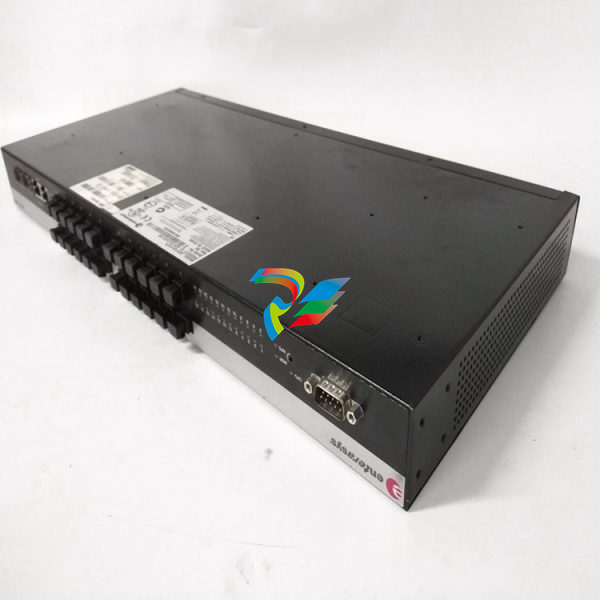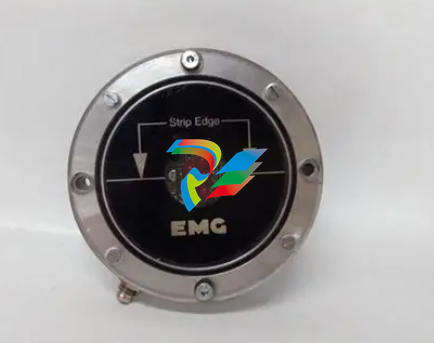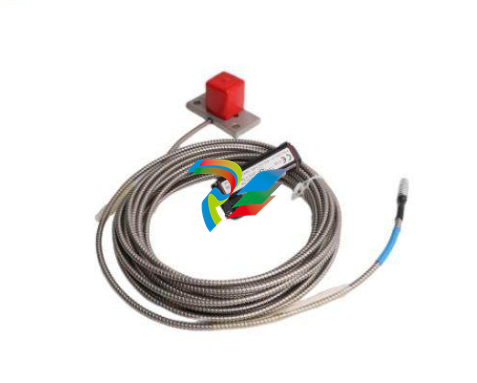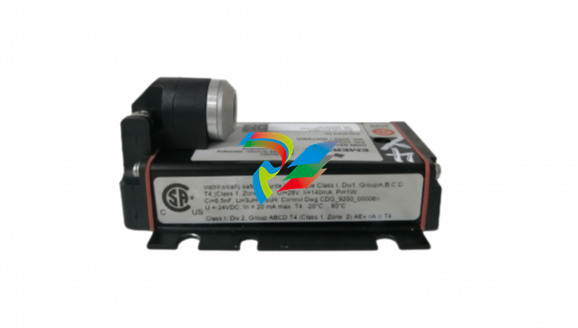
ABBIndustrial Networks Connecting Controllers via OPC
update rate of the AC800M OPC Server amounts to 50 ms and is therefore a big
obstacle. Since MMS cannot perform much better anyway (we estimate around
40 transactions per second [28]) this rate is justified, though. Secondly, the performance depends on the processor module CPU and network traffic. While the
1DP/DP-couplers are hardware relaying devices able to connect two PROFIBUS DP masters,
acting as a slave device on each side and copying data back and forth.
median RTTs with Configurations B and C meet our requirements, the results could
not convince us entirely. As suspected, the standard deviation of the measurements
is enormous. For different configurations of Test 4 it varied in the range from 40.9
to 62.7 ms.
It is not due to MMS that the results for Test 5 show such bad results. This
time it is the fault of our personal computer which is not able to handle this amount
of variables anymore. That is, the CPU load reaches 100% and therefore slowing
down the LinkMaster process.
5.2.3 System 3: Woodhead PROFIBUS
Since the SST-PBMS-PCI card supports the definition of several virtual slaves in
one card, the 244 byte limitation is not a problem any more. Thus, also Tests 4
and 5 could be performed with this one single card. This card and its server show
a good performance in both directions even with a big quantity of variables. Of
course, the CPU overload problem with Test 5 shows up here as well.

While the performance is satisfactory, another problem could not be solved well:
The word order in CI854A is interpreted differently than in the SST-PBMS-PCI
card. More precisely, 32-bit floats are split in two 16-bit words on PROFIBUS
and are thus sent in a certain order (see Figure 4.3). They are re-assembled in
the opposite interface just the other way round, such that floating point values
are always interpreted wrong. According to Woodhead Electronics and ABB, this
alleged small problem cannot be solved changing the configuration of either part.
At the present day it is therefore necessary to implement additional program code
in AC800M to manually perform word swaps for each float. It is to add that we experienced the configuration tools offered by Woodhead as being of less convenience
compared with Beckhoff’s solution. Especially the naming of tags in big quantities
is troublesome, but fortunately there could be found some workarounds [35].
5.3 Integrity
The results of our integrity test for selected configurations are very satisfying. The
maximum range of the received variables never exceeded the value to be expected
according to the maximum RTT. As an example, for Test 4 Configuration B a
maximum range of 6 in one direction is considered a normal delay due to transmission time and not indicating an integrity problem of the bridging software or
different parts. More detailed, since we measured a minimum RTT of 60 ms and a
maximum RTT of 290 ms for this specific setup (results contained on CD-ROM),
the difference of the fastest possible way and the worst path in one direction is
considered about (290ms − 60ms)/2 = 115ms. Within this time-frame, the program code (cycle time 16 ms) is executed 7.2 times. That is, if two variables arrive
at the same time, but one took the fastest and one the slowest path, a maximum
difference of 7 is to be expected. However, while the integrity check showed that
things run correctly for different variants and configurations in a short-term view,
its results of the long-time test covered by the next section might even be of more
importance.
5.4 Availability
The long-time test lasted for exactly one week and ran without interruption, therefore proving the basic long-term functionality of the system. Within this time, a
quantity of 2,283,900 samples was taken and analyzed.

The contents of Table 5.3 show that the results are satisfactory in average. With
an expected maximum RTT of 146 ms according Configuration B2
, the average
RTT value is inside the expected range. The average integrity range fits to this
value and affirms the correct transfer of values also in a long term. However, the
maximum RTT of almost three seconds and the consequential integrity range is
not what we had expected from our system. Most likely this maximum RTT are
due to temporary CPU overloads caused by concurrent processes on the personal
computer, or because of an OPC server failure. If an OPC server fails, LinkMaster
tries to restart it after some time, however, this time was adjusted to 10 seconds
for our evaluations.
In contrary to the RTT test above, all floating point signals in AC800M had to
be processed one by one in order to switch the word order. This was necessary for
the integrity evaluation, otherwise the signals would have been interpreted wrong,
2Replacing the first two values with 16 ms in Table 5.2
causing a worthless range. This extra program code slowed down the cycle time
such that it was not possible anymore to keep 10 ms, which of course also influences
the RTT results. With an average cycle time of 12 ms, the impact is still not
devastating, though. A maximum cycle time of 43 ms was displayed at the end of
the test.
5.5 Summary
Figure 5.4 shows the combined results for the different variants. For better comparability, only Configuration C is displayed, such that the relevant DSP cycle time





























































































































